BITS BLOG
How to Prepare for a Cyber Insurance Audit (Without Scrambling at the Last Minute)
Cyber insurance has become a must-have for small and mid-sized businesses, but it’s also become harder (and more expensive) to secure.
Today’s underwriters don’t just want to know if you have antivirus installed. They want proof that your business has taken cybersecurity seriously, with documentation, controls, and a plan.
If you're not prepared, cyber insurance renewals can lead to last-minute scrambles, higher premiums, or even denials of coverage.
Here’s how to prepare for a cyber insurance audit before it becomes a fire drill.
What Is a Cyber Insurance Audit?
A cyber insurance audit is the process by which an insurer evaluates your company’s cybersecurity posture, before issuing or renewing your policy.
It typically includes:
- A cybersecurity questionnaire covering your security controls and policies
- Review of your risk assessment, incident response plan, and MFA/encryption usage
- Possible follow-up interviews with IT leadership or your security provider
If you're not aligned with their expectations, you could see:
- Higher premiums
- Policy exclusions (e.g., ransomware not covered)
- Denial of claims after a breach
What Are Insurers Looking For?
Cyber insurers are increasingly aligned with industry frameworks like NIST, CIS Controls, and Zero Trust Architecture. Here are some of the key areas they focus on:
1. Multi-Factor Authentication (MFA)
- Especially for email, remote access, and privileged accounts
2. Endpoint Detection & Response (EDR)
- Antivirus isn’t enough, insurers want active threat detection
3. Regular Backups & Recovery Plans
- Offline or immutable backups are strongly preferred
4. Security Awareness Training
- Annual training + simulated phishing tests show due diligence
5. Risk Assessments
- Documentation showing how you identify and address vulnerabilities
6. Incident Response Plan
- A written playbook that outlines how your business responds to a breach
7. Patch Management
- Demonstrating how and when systems are updated
How to Prepare (Without Scrambling)
Most SMBs don’t fail cyber insurance audits because they’ve ignored security, they fail because they can’t prove what they’ve done.
Here’s how to stay ahead of the process:
✅ 1. Schedule a Pre-Audit Risk Assessment
Start with a cybersecurity risk assessment aligned to frameworks like NIST or CIS. This gives you a baseline, and a paper trail.
✅ 2. Review Last Year’s Application
What did you attest to last year? If your controls have changed, you need to explain what improved or didn’t.
✅ 3. Document Everything
Create a central location for:
- Policies and procedures
- Security training records
- MFA implementation logs
- Asset and software inventories
✅ 4. Assign Ownership
Don’t let the IT team carry this alone. HR, legal, compliance, and leadership all need to support evidence gathering and policy updates.
✅ 5. Work with a vCISO or Advisor
A virtual Chief Information Security Officer (vCISO) can help you align your posture with insurer expectations, without adding a full-time executive to payroll.
What Happens If You Fail the Audit?
Failing a cyber insurance audit doesn’t always mean you’re denied coverage, but it can result in:
- Higher deductibles or premiums
- Exclusions for certain attack types (like ransomware)
- Lower payout limits
- Requests for remediation with a short timeline
In short: Failing costs more.
How BITS Cyber Helps You Get Audit-Ready
At BITS Cyber, we help SMBs and MSPs:
- Complete NIST-aligned risk assessments
- Build and document security policies that insurers want to see
- Develop MFA, EDR, and backup strategies tailored to insurer guidelines
- Prepare for renewals and audits with confidence, not panic
- Serve as your vCISO to manage security strategy without full-time overhead
Final Thought
Cyber insurance is no longer just a checkbox, it’s a contract. And like any contract, what’s written matters.
If you can’t prove your security posture, you can’t protect your coverage, or your business.
The time to prepare isn’t the week before your renewal. It’s now.
